Our First National Park
November 18, 2024
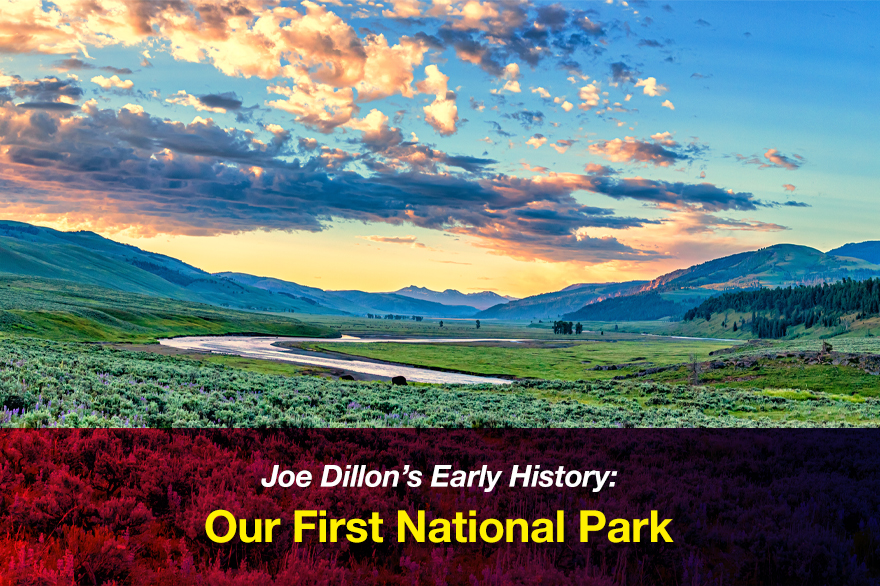
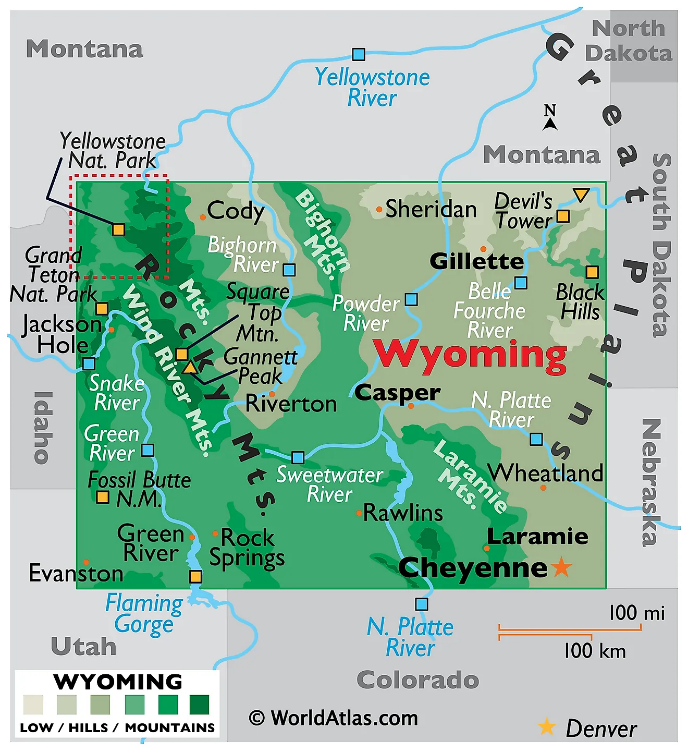 In my junior year in high school, I was in an Honors English class. We had to write a 500 word essay every night 5 nights a week. I was hard pressed for subjects until I discovered a National Geographic atlas we had. Besides maps, the atlas contained spectacular National Geographic color pictures of stunning landscapes, National Parks, National Monuments, and animals. I realized I had only really seen the state of California and then only part of it.
In my junior year in high school, I was in an Honors English class. We had to write a 500 word essay every night 5 nights a week. I was hard pressed for subjects until I discovered a National Geographic atlas we had. Besides maps, the atlas contained spectacular National Geographic color pictures of stunning landscapes, National Parks, National Monuments, and animals. I realized I had only really seen the state of California and then only part of it.
This class and this writing exercise planted a seed.
Starting in 1958, I had back packed and camped at least a half a dozen times in Yosemite National Park. In the late fifties and early sixties, we could camp for a week 11 miles in at an alpine lake at over 11,000 feet and not see another person. I was hooked on National Parks. So, as I studied maps and planned my 46-state odyssey, National Parks became a major theme of my trip.
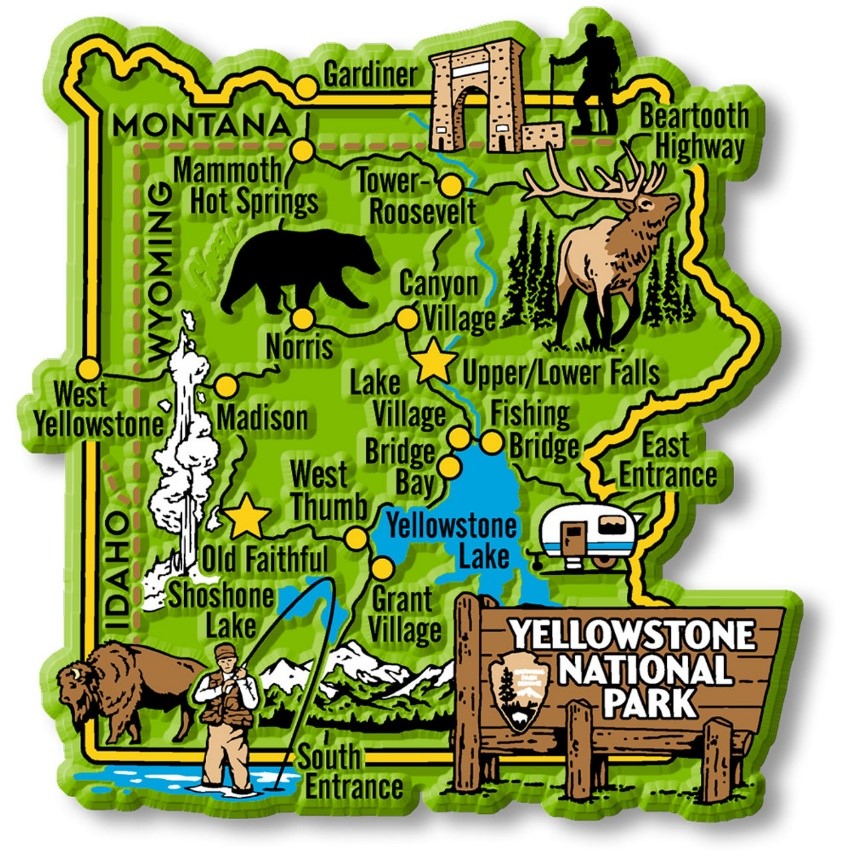 As I left the majestic Grand Teton National Park and drove north, I eagerly looked forward to THE first National Park in America founded in 1872: Yellowstone National Park. When I entered the south entrance of the park and drove north, what struck me immediately was the scale. Yellowstone is over 2.2 million acres. The first major section of the park I explored was the huge, world-famous geothermal section which ran from the southern border all the way to the northern border of the park.
As I left the majestic Grand Teton National Park and drove north, I eagerly looked forward to THE first National Park in America founded in 1872: Yellowstone National Park. When I entered the south entrance of the park and drove north, what struck me immediately was the scale. Yellowstone is over 2.2 million acres. The first major section of the park I explored was the huge, world-famous geothermal section which ran from the southern border all the way to the northern border of the park.
I headed right for one of the star attractions: Old Faithful. I worked my way north up through the Upper, the Middle, and lower geyser basins including the northern most Norris Geyser Basin. I saw every variety and size of geyser and bubbling hot mud pools. I ended my very full day with Mammoth Hot Springs near the northern border of the park. I drove back south and stayed in Grant Village.

Up early, I headed for Yellowstone Lake. The lake is 136 square miles. Also, bear in mind that the lake is situated at over 7,700 feet altitude – a reminder that we are in the Rocky Mountains. I then drove through Hayden Valley and saw large herds of America Buffalo. They reminded me that hundreds of years ago, there were an estimated 30 to 60 million buffalo.
The American Indians in this area and the plains lived on buffalo. In fact, they were called the Bison People. Their diet consisted of 100% hunted meat. Consuming a high super healthy fat diet (70% to 80% of their total caloric intake), combined with high quality animal protein, the Bison People are well documented as some of the tallest people in the world. The males averaged over 6 feet 4 inches tall as just one indication of just how healthy their diet was. For another, examining hundreds of skulls dating back 11,000 years, their teeth were perfect. Not a single cavity. In-depth analysis of their bones did not reveal any signs of cancer or heart disease.
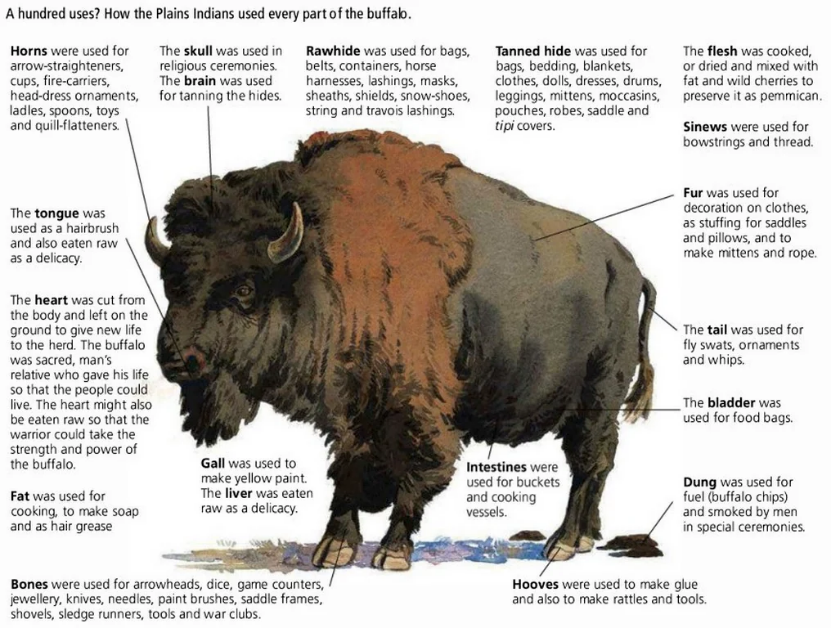
Continuing north, I saw the Grand Canyon of the Yellowstone including the roaring Upper and Lower Falls. I then drove to one of my major goals for seeing Yellowstone in the first place: Lamar Valley.
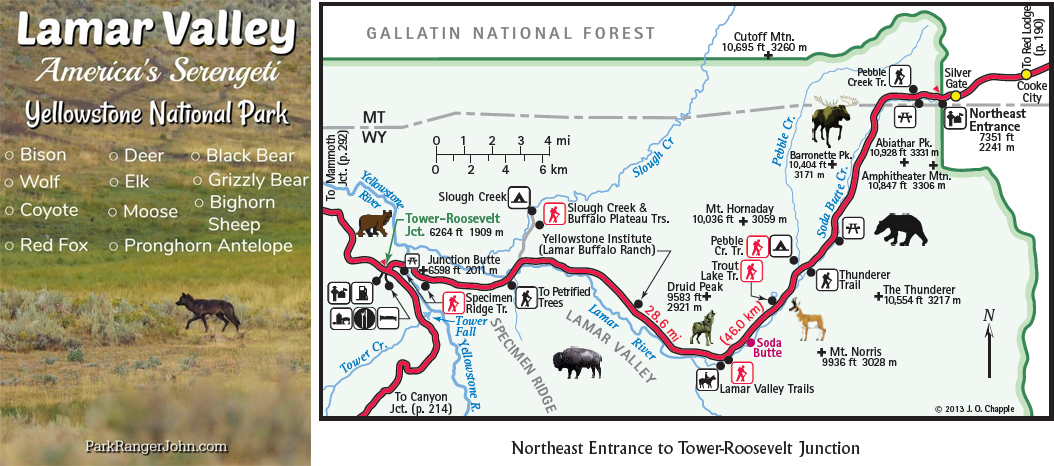
Serengeti of North America
Known as the Serengeti of North America because of the highest concentration of animals, especially big animals, in the lower 48, Lamar Valley was a spectacle. Large herds of big, hoofed animals like buffalo and elk stalked by major apex predators like huge grizzly bears or packs of wolves. This vast array of wild animals included pronghorns — the second fastest land animal in the world, second only to the cheetah — and big solitary bull moose.
Reverting to the calm, quiet mode of moving I learned as a kid on my grandfather’s ranch, you could observe magnificent animals simply behaving. I saw a pack of wolves strategically run down and kill a big elk bull. This was Nature as it had evolved over thousands of years. I saw a thick, stocky badger enlarging his den. I saw animals of all kinds eating with a purpose as fall deepened in these mountains and winter reminders appeared.

The richness of the Lamar Valley was an experience I definitely wanted more of. Lamar Valley was the first experience I had had so far on my trip that I definitely wanted to repeat again in the future. Lamar Valley was yet another reminder of the breadth and complexity of the American experience. A rush of gratitude flooded me that I was here and was able to appreciate Yellowstone National Park. It made me even more grateful for the people who came before me with the foresight to preserve and protect this magnificent place. As has been said, National Parks is America’s best idea. A legacy for generations of Americans yet unborn.
In the fading light, I exited the north entrance and checked into a cheap motel in Gardiner, Montana. I looked forward to starting a long drive in the morning and seeing Glacier National Park right on the Canadian border. What a trip!
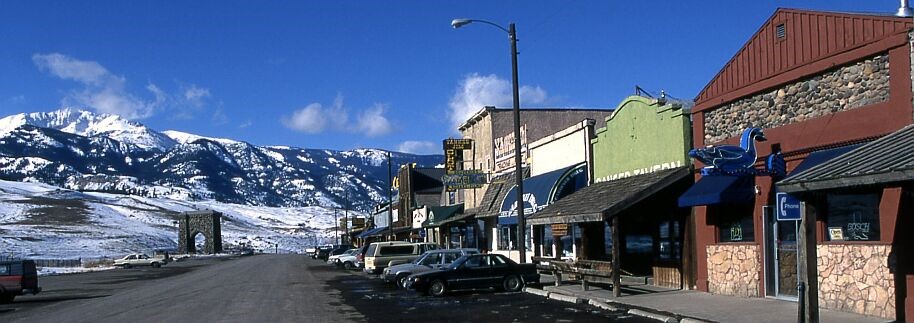
Omega-3 and Memory
And remember, this was over 60 years ago and it is still vivid and crystal clear to me. Drink your JDD shake every morning. Take your Super Omega-3 fish oil to keep your level of inflammation as low as possible and your brain young and as sharp as possible. As you know I do 2 JDD shakes every day: one in the morning and my second JDD shake immediately after my workout to kick-start my recovery. And I take 6 Super Omega-3 capsules every morning and every evening. I love mental clarity and my super sharp memory. And remember: 85% of abs are made in the kitchen. 80% super healthy fat plus the highest quality proteins available: JDD protein and pasture raised eggs. I do 6–12 pasture raised eggs a day. The Joe Dillon Difference is awesome for your kids and your grand kids. The healthiest kids — both boys and girls — have abs.
As you can hopefully see, I want the very highest quality of life for you and your family.
Talk with you soon.
Joe
 Cart (0)
Cart (0)

